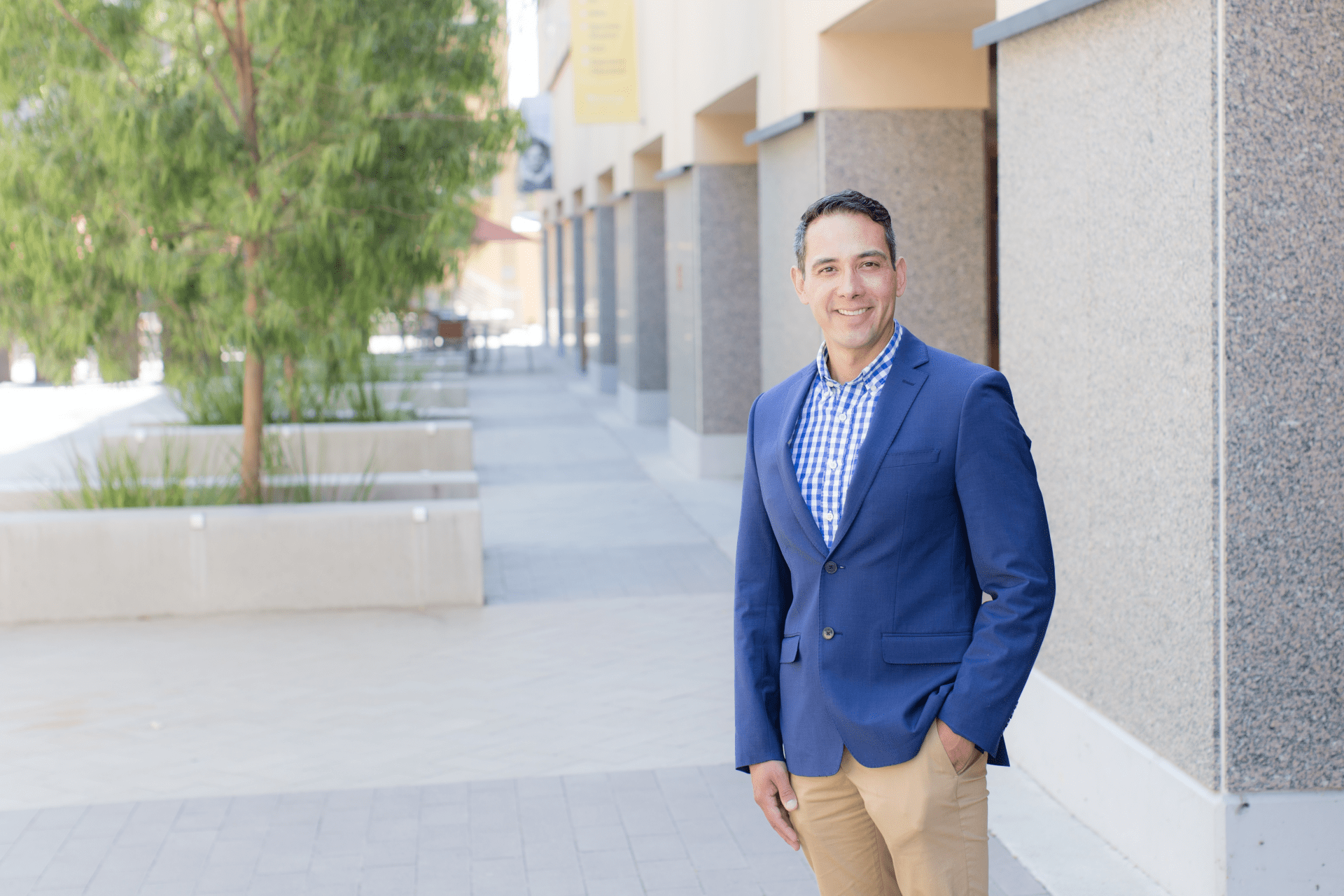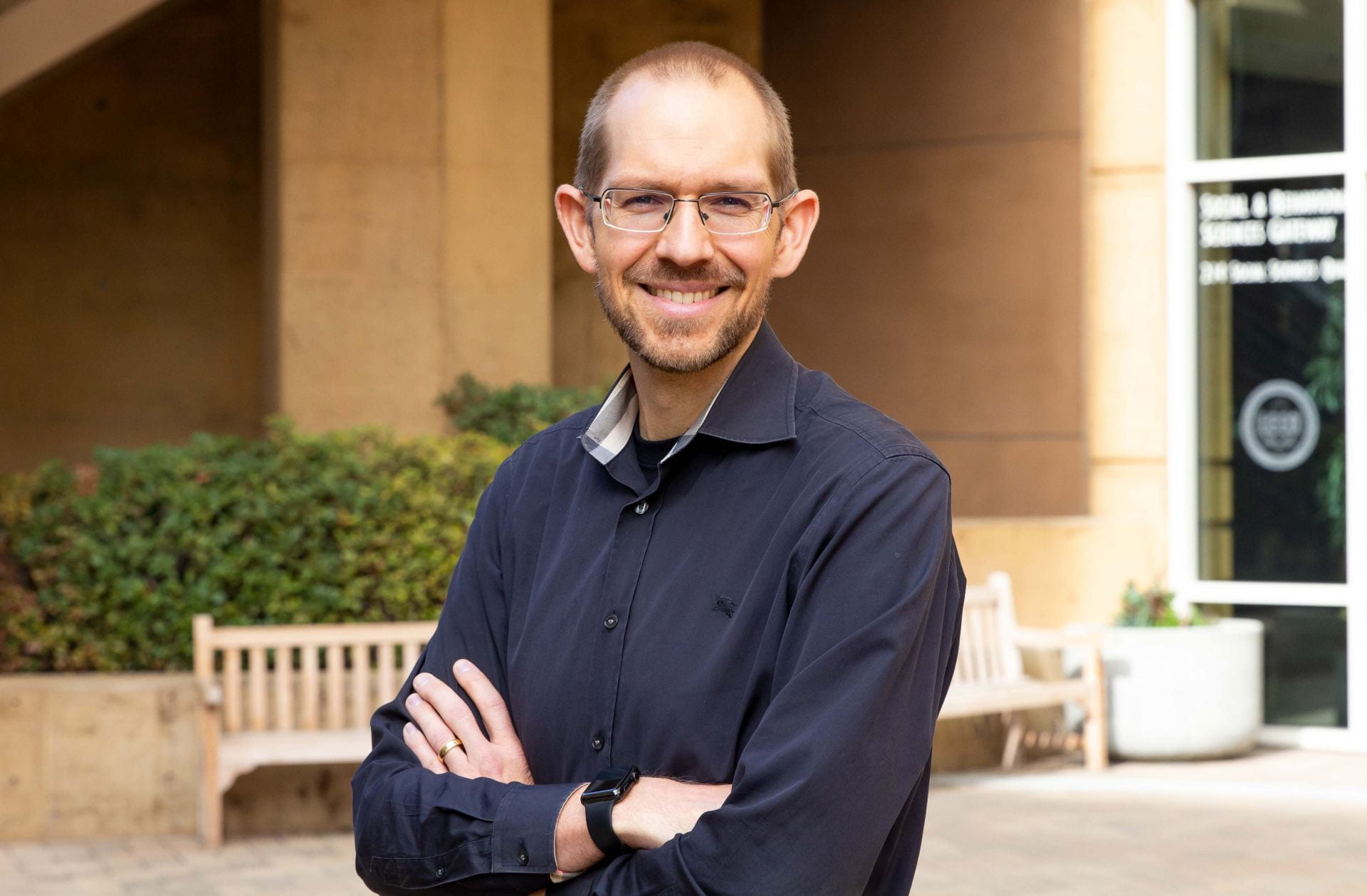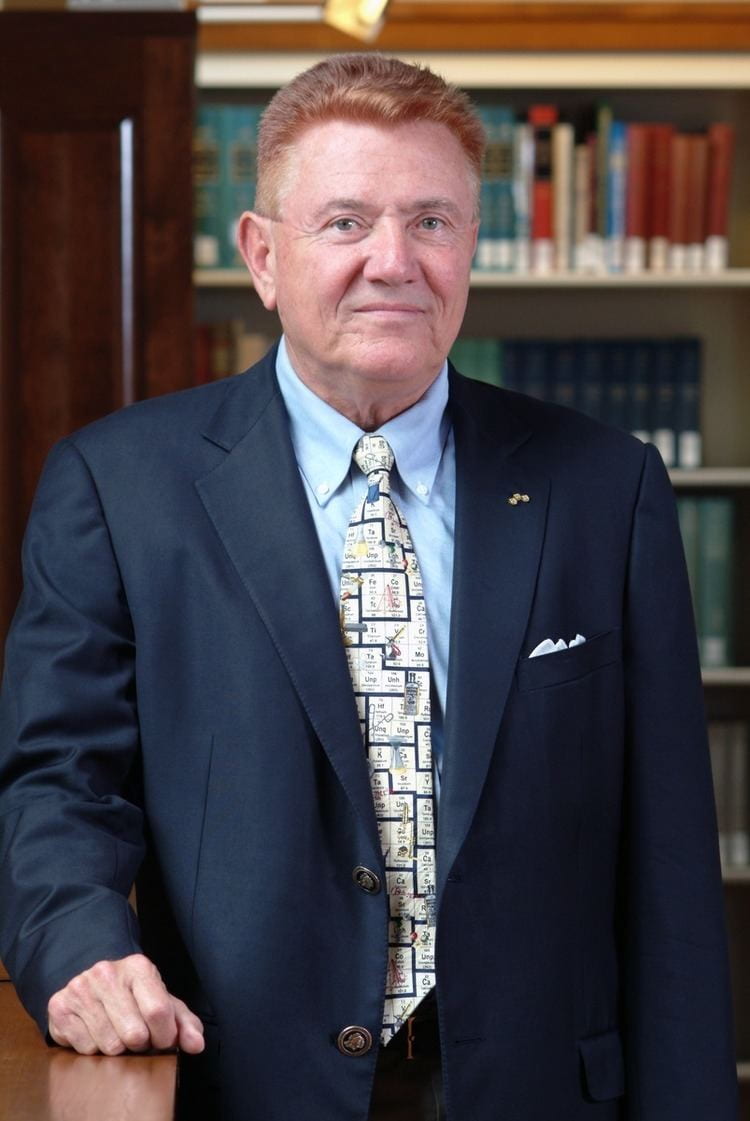UCI gets $2 million from Keck Foundation for photonic microscope
The W.M. Keck Foundation has awarded $2 million to UC Irvine to develop a photonic “magnetic nanoprobe,” a microscope able to amplify, detect and possibly manipulate the extremely weak optical-frequency magnetic fields in matter.
Irvine, Calif., Jan. 28, 2015 – The W.M. Keck Foundation has awarded $2 million to UC Irvine to develop a photonic “magnetic nanoprobe,” a microscope able to amplify, detect and possibly manipulate the extremely weak optical-frequency magnetic fields in matter.
Electrical engineers Filippo Capolino and Kumar Wickramasinghe are collaborating with chemists Ara Apkarian and Eric Potma to create the instrument, which could have wide-ranging impact. Activity in this magnetic-light realm was previously thought to be inaccessible to study, but recent work has shown that this is not so.
“There is a whole class of ‘dark states’ in matter that cannot be seen with ordinary light,” Potma said. Added Apkarian: “The planned microscope modifies light by confining it on designer nano-antennas that peer into the dark states and directly reveal their true colors.”
Using engineered nanostructures capable of enhancing the magnetic component of light and the specially developed nanoscale-precision microscope, this novel research tool could drive advances in seemingly disparate areas, such as more efficient solar light energy conversion in photovoltaics. Photovoltaics (PV) is a method of converting solar energy into direct current electricity using semiconducting materials that exhibit the photovoltaic effect.
In addition, the magnetic nanoprobe might be utilized to increase the density and speed of data storage through modifications of photo-magnetic read/write processes.
“The capacity to store information in the spin of a single molecule or nanostructure and rapidly read it out has the potential to dramatically change the computing paradigm,” Wickramasinghe says.
Additionally, drug discovery could be aided by structural analysis of biomolecules and three-dimensional characterization of the structure of single proteins.
“The ability to have a microscope that, for the first time, allows us to understand the interaction of matter with the magnetic component of light opens up entirely new opportunities and fields of research in the engineering, physical and biological sciences,” Capolino said.
About the W.M. Keck Foundation: The Los Angeles-based W.M. Keck Foundation was established in 1954 by the late W.M. Keck, founder of Superior Oil Co. Its grant making focuses primarily on pioneering efforts in medical, science and engineering research. The foundation also maintains an undergraduate education program that promotes distinctive learning and research experiences for students in the sciences and the liberal arts, as well as a Southern California grant program with a special emphasis on children and youth from low-income families, special-needs populations and safety-net services. For more information, see wmkeck.org.
About the University of California, Irvine: Founded in 1965, UCI is the youngest member of the prestigious Association of American Universities. The campus has produced three Nobel laureates and is known for its academic achievement, premier research, innovation and anteater mascot. Led by Chancellor Howard Gillman, UCI has more than 30,000 students and offers 192 degree programs. Located in one of the world’s safest and most economically vibrant communities, it’s Orange County’s second-largest employer, contributing $4.8 billion annually to the local economy.
Media access: Radio programs/stations may, for a fee, use an on-campus ISDN line to interview UC Irvine faculty and experts, subject to availability and university approval. For more UC Irvine news, visit wp.communications.uci.edu. Additional resources for journalists may be found at communications.uci.edu/for-journalists.


